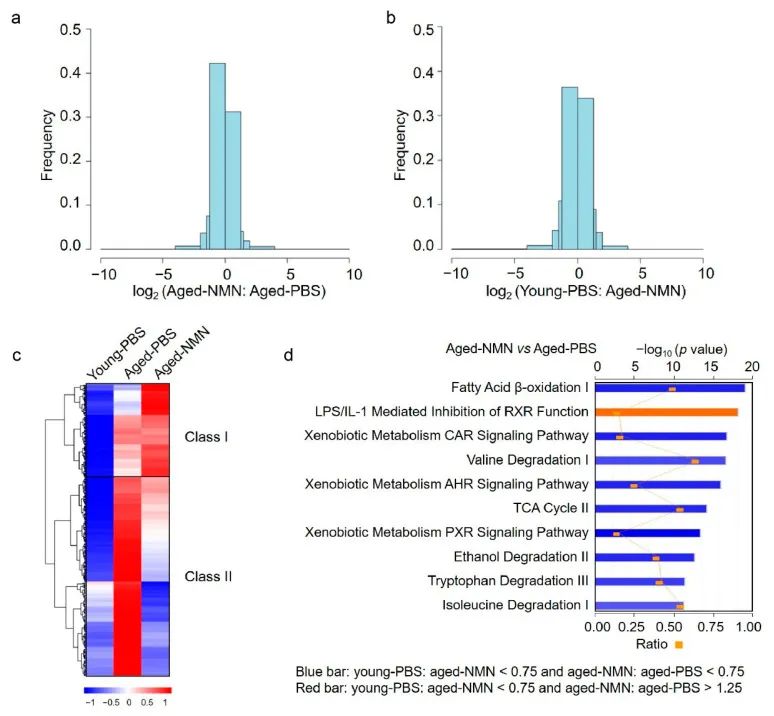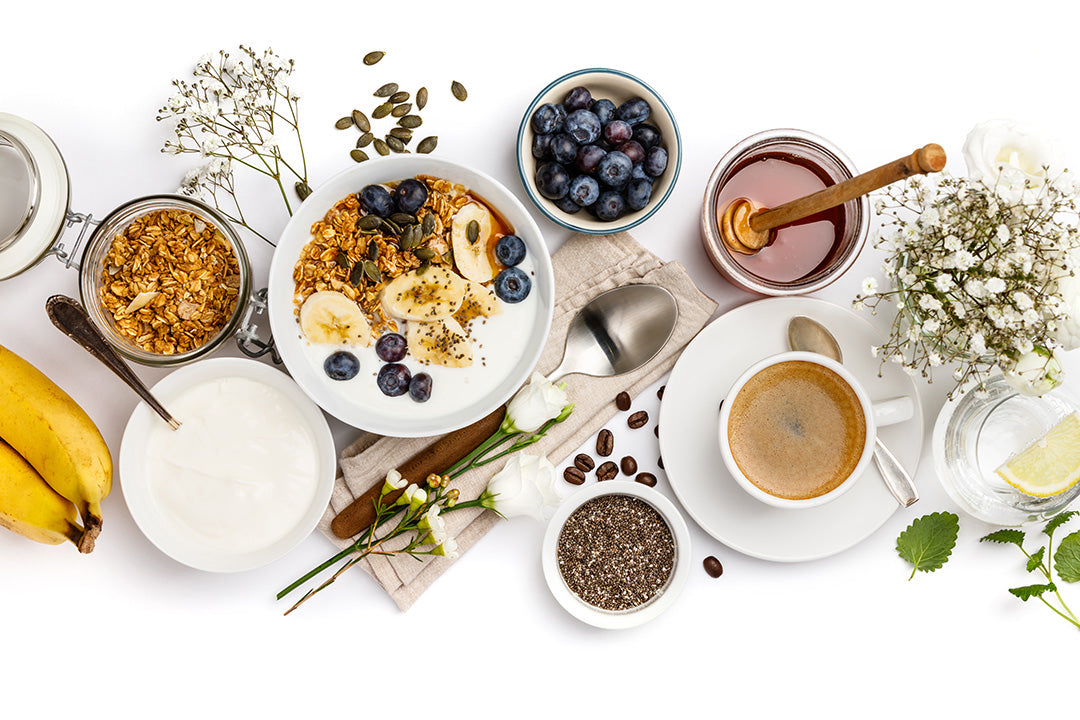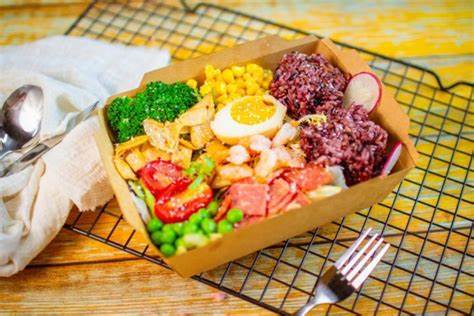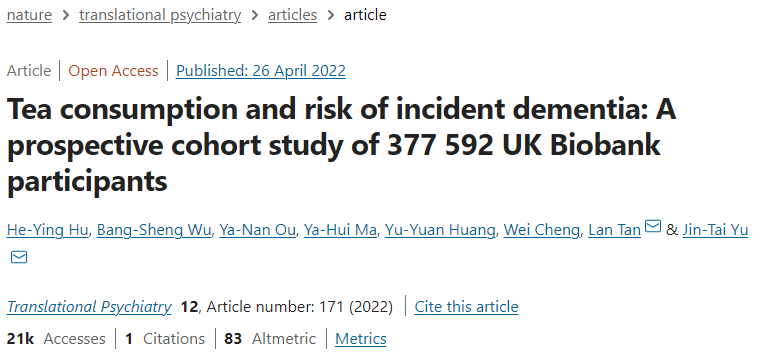In the long summer, many people are either planning to lose weight, or are struggling on the road to weight loss. When it comes to weight loss, it is well known that "keep your mouth shut and open your legs", but this is a great way to learn, not to mention that these "996" office workers are not able to cook for themselves. Therefore, the concept of "light food" came into being, and takeaways under the concept of "light food" also emerged in endlessly.
The "2020 White Paper on Light Food Consumption Behavior of the Chinese Population" released by the Chinese Nutrition Society shows that 94.9% of the respondents consume light food at least once a week, and 55.7% of the respondents consume 2-4 times a week. "Light food" is characterized by low fat, low calorie, less sugar and less salt. At present, the "light food" set meals of takeaway merchants mainly use coarse grains as the main food with vegetable salad and high-protein meat as the main food, as well as burritos and sandwiches as supplements. The meat often chooses chicken breast, steak, shrimp, eel, and chicken drumsticks. High-protein and low-fat varieties, vegetables are mostly purple cabbage, broccoli, cherry tomatoes, lettuce, etc., with various types and colors. Therefore, "light food" is often regarded as a healthy food for weight loss.
However, the ideal is very plump, but the reality is very skinny. Many people have eaten for a month but found that they did not lose weight, but the more they ate, the fatter they became? Today we will analyze the possible hidden dangers of the common "light food" takeaway in our life.
01 ) There are many types of food, but the amount of staple food exceeds the standard

Some "light foods" seem to be rich in ingredients, such as purple potatoes, beans, corn kernels, potatoes, quinoa, purple rice, etc. Although each is a healthy staple food choice, the total amount may exceed the standard, and eventually consume The sugar that does not go out will be converted into fat and stored in the body.
02 ) The cooking method is oil-free or boiled, but the sauce is very high in heat

Affected by healthy cooking methods, most of the food produced in this way is bland and tasteless. In order to enhance the taste, "light food" will use sauces such as salad dressing, Thousand Island dressing, and mayonnaise. These sauces are high in calories. At the same time, Some high-fat and high-calorie foods may also be secretly stuffed into the "light food" set meal by the store, such as sausage, milk soup, homemade drinks and desserts, etc., and the shopping cart is full of discounts and discounts. After a meal, the calories are not Low is also not conducive to weight control.
03 ) Too low in calories and unbalanced nutrition

Most people think that "light food" salads are rich in vegetables, low in calories, and have a strong sense of satiety, so they will definitely lose weight. However, most of the vegetables in "light food" are raw lettuce, purple cabbage, cucumber, cherry tomato, etc., which seem to be a lot, but actually cannot meet the recommended amount of 300-500g of vegetables per day. At the same time, the amount of staple food in "light food" salads is also very small, and some salads do not contain staple food at all, and frequent eating can easily lead to nutritional imbalance. There are also some "light foods" that contain less meat, which can easily cause protein deficiency and lead to body muscle loss. Eating low-calorie "light food" salads instead of meals is difficult to meet daily energy needs. Long-term consumption will reduce the basal metabolic rate, and then the weight will quickly enter a plateau. Once the energy intake is increased, the weight will rebound quickly , This is the reason for "dieting to lose weight, the more you lose, the more fat you get".
04) "Light food" is delicious, but not everyone is suitable

Since "light food" is mostly raw and cold, especially for people with poor gastrointestinal function, it will make the weak gastrointestinal function more uncomfortable and may cause diarrhea, so it is recommended to eat less.
But due to work reasons, when we have to choose takeaway, how should we choose?
1. The types of food cannot be less than staple food, vegetables, and high-quality protein.
2. The proportion should be suitable for one person. The composition and approximate proportion of food in one meal should be uniform.
3. Use less or no sauce. Minimize the consumption of high-calorie sauces such as sand tea sauce and sesame sauce, or choose zero-fat oil and vinegar sauce instead of salad dressing, which can minimize calories. Most of the light food takeaways on the market cannot choose the proportion of ingredients, and the set meal is a fixed template, which cannot be personalized.
Disclaimer: The contents of the pictures and texts are compiled from the Internet and do not represent the position of this platform;
If the content of the article involves copyright and other issues, please contact us in the background to delete it.





